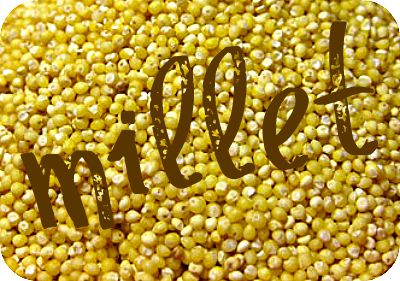 Have you noticed that there is a whole new crop of health enthusiasts that have just said no to grains? Not only has the gluten-free craze become all the rage, carb-free, and grain-free diets are becoming more common. If you’re scratching your head wondering how in the heck eating grain-free is possible, I’ll break it down further for you. To get rid of grains you must eliminate all grains including wheat, rice, corn, millet, barley and oats. This type of diet can be helpful and provide relief for some chronic conditions such as Crohn’s disease, chronic fatigue, or just the overall feeling of being weighed down by your diet. Quinoa, amaranth, and buckwheat are exceptions because they are not technically considered grains. All that said, my policy is listen to your body. Perhaps certain grains need to go on your do not touch with a ten foot pole list, and others can be regular staples in your diet.
Have you noticed that there is a whole new crop of health enthusiasts that have just said no to grains? Not only has the gluten-free craze become all the rage, carb-free, and grain-free diets are becoming more common. If you’re scratching your head wondering how in the heck eating grain-free is possible, I’ll break it down further for you. To get rid of grains you must eliminate all grains including wheat, rice, corn, millet, barley and oats. This type of diet can be helpful and provide relief for some chronic conditions such as Crohn’s disease, chronic fatigue, or just the overall feeling of being weighed down by your diet. Quinoa, amaranth, and buckwheat are exceptions because they are not technically considered grains. All that said, my policy is listen to your body. Perhaps certain grains need to go on your do not touch with a ten foot pole list, and others can be regular staples in your diet.
If you are living la vida 100% raw I’m sure you crossed most grains off your grocery list, with the exception of those that you can soak or sprout in their unprocessed form. After years of avoiding processed foods and carbs, my body generally has a strong aversion to grains especially in large quantities. So when I received a packet of millet in the mail from my Master’s program, I was excited to try it but worried it may aggravate my system. The good news is, it didn’t, which I consider a good sign. Millet looks similar to cous cous and has a nutty grainy texture like quinoa but takes much longer to cook than the latter. It is an ancient food that has been a staple for thousands of years in India and Africa and was even mentioned in the Bible as a primary ingredient for bread. Millet was the world’s first cereal grain and can be used in some sweet breakfast recipes like muffins, or simply as a rice substitute for more savory dishes.
If you do eat grains and want something you can add to dishes that packs a mean nutritional punch, millet is a great option. Not only is it comprised of around 15% protein, it is a great source of fiber, B-complex vitamins like niacin, thiamin, riboflavin, and vitamin E. Add to that iron, copper, magnesium, phosphorous, and potassium, and you’ll have an excellent side dish or entree that adds more nutrients than your rice ever will. -XoXo Raw Girl





